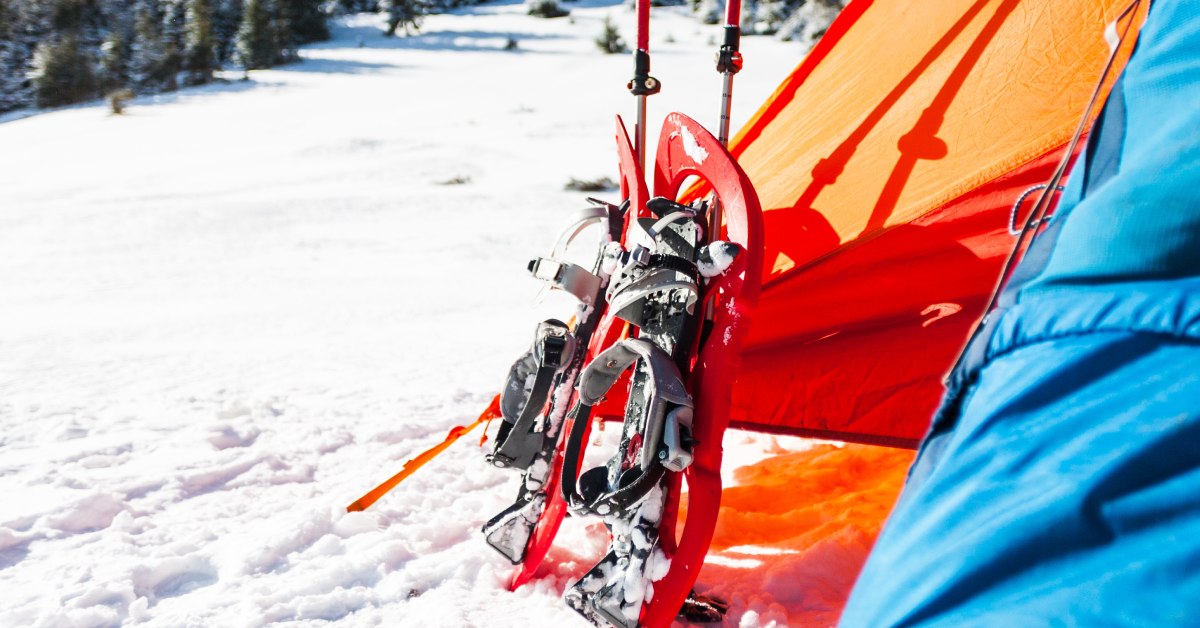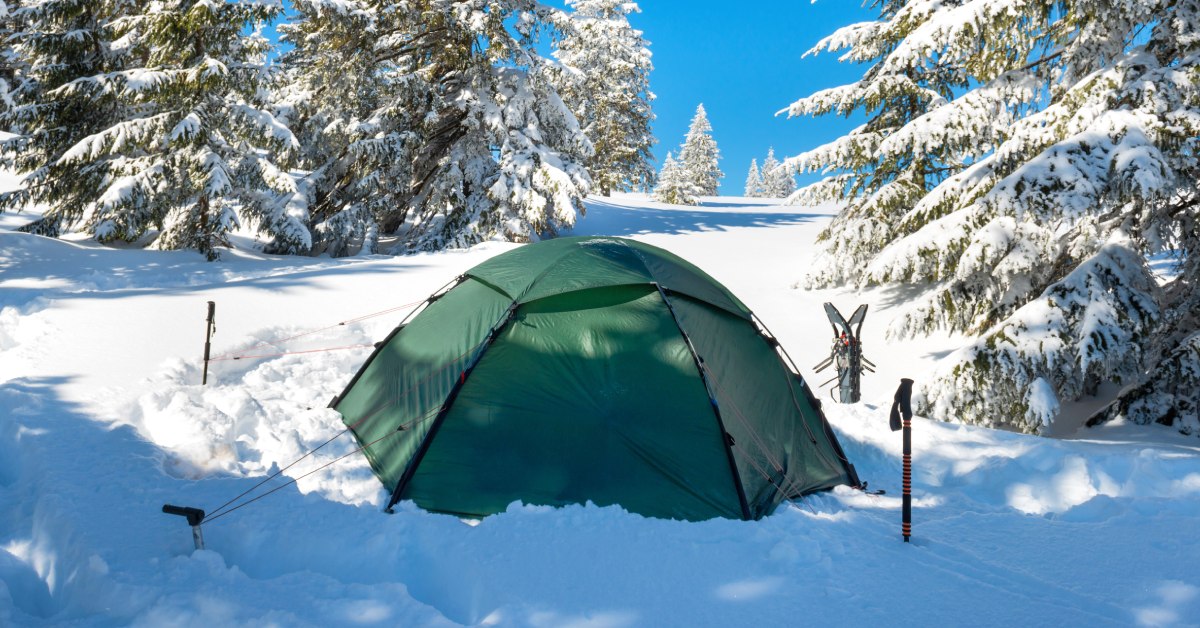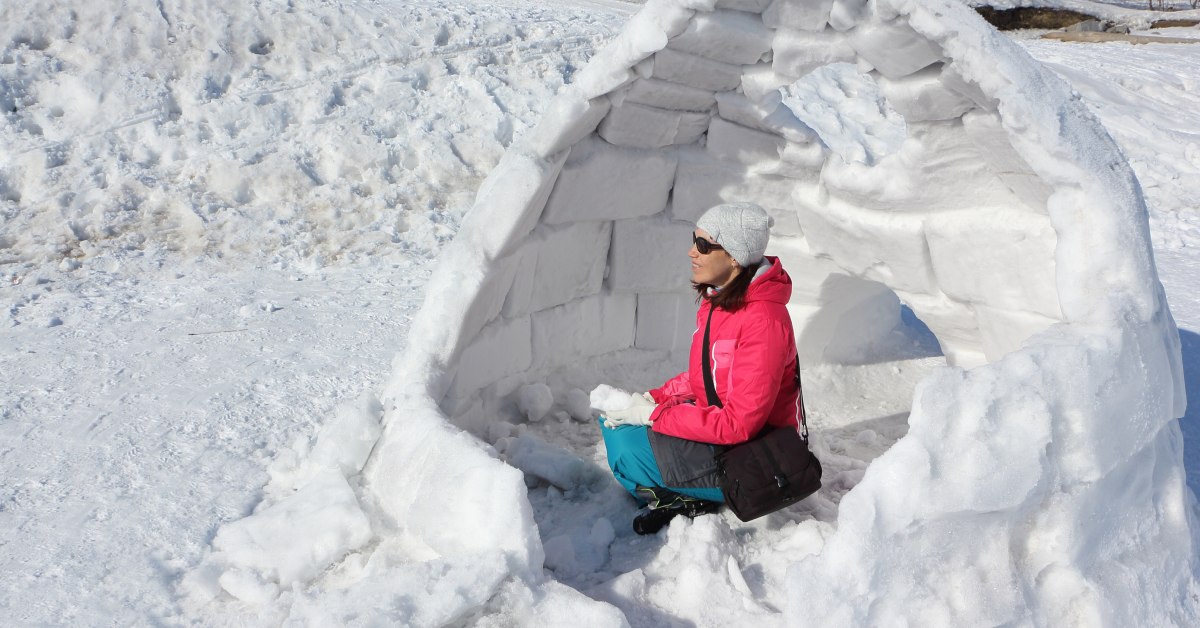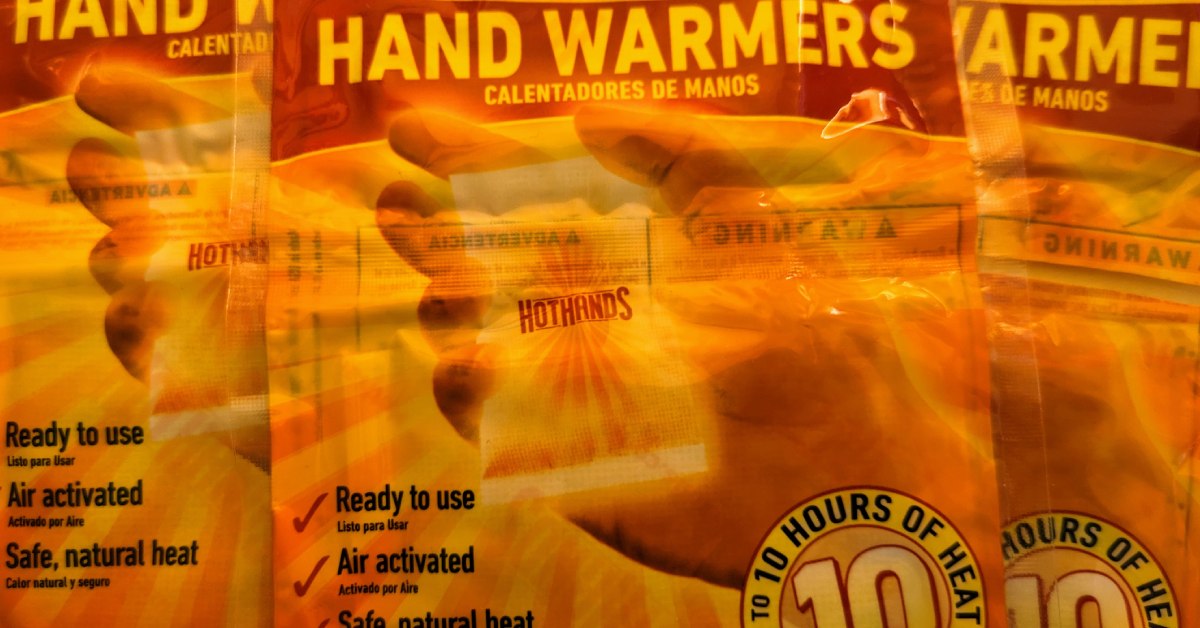Winter Camping in the Adirondacks: Day Camping VS Overnight Trips & More
This year more than ever you might be thinking about giving camping in the winter a try. Winter camping can be every bit as enjoyable (if not more so) as camping during other seasons, as long as you're well-informed and prepared. Read on for our top tips!
Garnet Hill Lodge offers options for both activity and relaxation. Spend the day exploring the cross-country ski and snowshoe trail network, then retreat to the cozy Log House to warm up by the fire. Ski passes are included with overnight stays! Learn More »

Why Camp in the Winter?
Here's why camping in the winter can be awesome:
- Winter camping offers even more solitude than you may find during any of the other seasons because there are fewer people in the woods.
- Snow cover can actually make hiking through some terrains easier than during the warmer months, when the ground may be muddy and the foliage dense.
- Iced-over lakes and bodies of water can make reaching areas that would normally be 10+ miles to hike around easier. Understand and keep in mind these ice safety tips before venturing out onto any frozen body of water.
- The beauty of the winter wilderness in the Adirondacks is unsurpassed.

Day Trips vs. Overnight Stays
It's a good idea to ease yourself into overnight winter camping to ensure that you're prepared for the experience.
- Your first winter camping trip in the Adirondacks should actually be a day trip that includes at least one meal. This allows you to acclimate to the cold weather and better understand the equipment you'll need, such as snowshoes or crampons.
- No amount of preparation can prepare you for what you don't know. Waterproof boots may not be so waterproof. Your fire making skills may be rusty. Your clothing choices may need to be reconsidered. You don't want to discover all this when you are wet, cold, and too far in to hike out before dark. Remember that days are shorter during the winter.
- Camp with experienced winter campers, who will have a better understanding of what is expected and how long/far the group should go.
- Overnight trips require more equipment, such as sleeping bags and tents that can stand up to cold and wind. Campers need to be prepared to carry this extra equipment.
- Overnight trips are much colder, so campers need to dress accordingly.

Deciding Where to Camp
While the Adirondacks offer many great places to camp in the winter, you don't have to travel far to enjoy all the benefits of winter camping.
- The best place to begin is your backyard, especially if you have children involved. By camping in your backyard (or close to home), you'll be able to experience what winter camping is like and discover if you have the right equipment for cold weather.
- The next step is to go farther away by hiking into the woods, but not miles in. This helps you experience hiking with a few more supplies than you would if you were in the comfort of your own backyard.
- A site you've camped at in the summer may be a great place to visit in the winter because it'll be familiar to you. Plus, you can sometimes snowshoe to places you would not normally be able to hike.

Shelters for Winter Camping
There are a few winter camping shelter alternatives to your traditional tent, including snow caves, quinzees, igloos, Adirondack lean-tos, and hot tents.
- A snow cave, a quinzee, and an igloo are all made of snow, and the directions to make them can be found online. You'll want to exercise caution when building a snow shelter, as they can collapse if not constructed properly.
- Adirondack lean-tos, three-sided log structures with an overhanging roof, can be found on the premises of various camping areas throughout the Adirondacks.
- While these are all options for winter camping, a tent could still be the best solution as it keeps all of your body heat inside. For extra warmth, try a hot tent, which will have a portable wood-burning stove.

Tips of the Trade
Here are some recommended tips from experienced winter campers:
- Don't wear cotton clothing. Cotton absorbs sweat and water, and will freeze due to the cold weather. It will not dry. Wool or fleece are much better alternatives.
- Check out our What to Wear Guide for more tips on winter clothing!
- Bring boot liners into your tent overnight to keep them dry and warm.
- Put boiling water in a Nalgene-type water bottle and place in the bottom of your sleeping bag to keep your feet warm.
- A higher calorie intake while winter hiking/camping is suggested. This keeps your body working and keeps your core temperature higher.
- Rather than spending a lot of money on attire by name brands, anything that is made of 100% wool can provide very similar results.
- Helpful items you might not think to bring: a multi-purpose tool (like a Swiss Army Knife), rice or freeze-dried food, lighters and matches, a small cooking pot, duct tape, steel wire, hand warmers
Of course, don't forget to have fun while winter camping in the Adirondacks!
Find places to camp in the winter >>
Amazon Affiliate Disclosure: Our team independently recommends products on Amazon.com, and we earn from qualifying purchases.
<< Return to the Camping Guide
